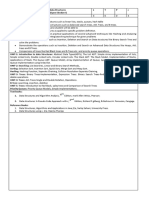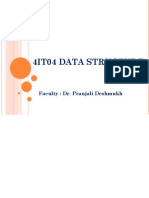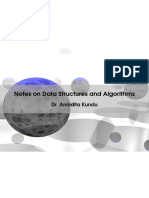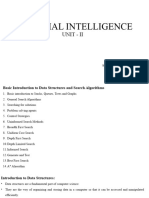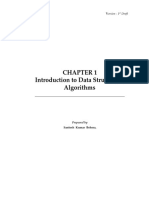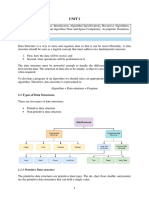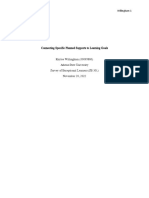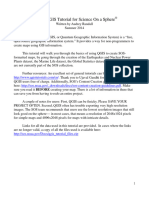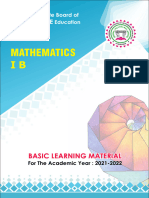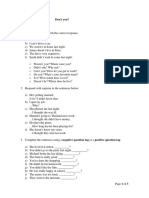0% found this document useful (0 votes)
36 views45 pagesAlgorithm Design & Analysis Course
This document provides an overview of a course on algorithms and analysis of algorithms. It discusses the course objectives of learning efficient problem solving techniques, analyzing algorithm efficiency, and dealing with hard problems. It also outlines the course curriculum, which includes topics like sorting, searching, graph algorithms, dynamic programming, and algorithm analysis. The grading scheme and a tentative list of topics to be covered are also provided.
Uploaded by
MAJD ABDALLAHCopyright
© © All Rights Reserved
We take content rights seriously. If you suspect this is your content, claim it here.
Available Formats
Download as PDF, TXT or read online on Scribd
0% found this document useful (0 votes)
36 views45 pagesAlgorithm Design & Analysis Course
This document provides an overview of a course on algorithms and analysis of algorithms. It discusses the course objectives of learning efficient problem solving techniques, analyzing algorithm efficiency, and dealing with hard problems. It also outlines the course curriculum, which includes topics like sorting, searching, graph algorithms, dynamic programming, and algorithm analysis. The grading scheme and a tentative list of topics to be covered are also provided.
Uploaded by
MAJD ABDALLAHCopyright
© © All Rights Reserved
We take content rights seriously. If you suspect this is your content, claim it here.
Available Formats
Download as PDF, TXT or read online on Scribd
/ 45


